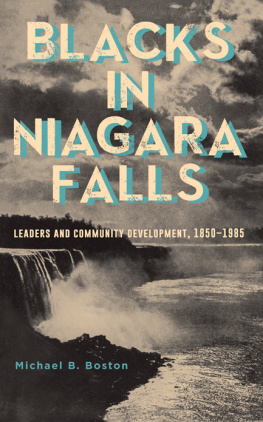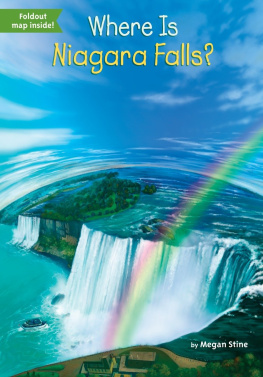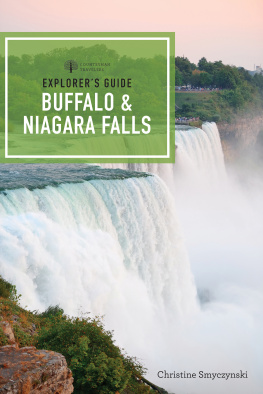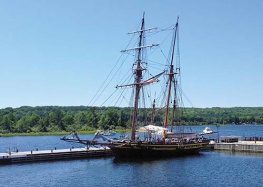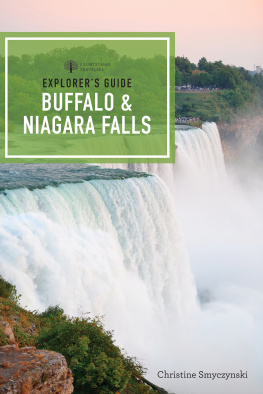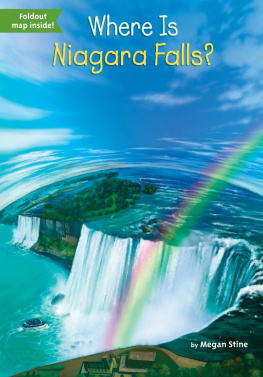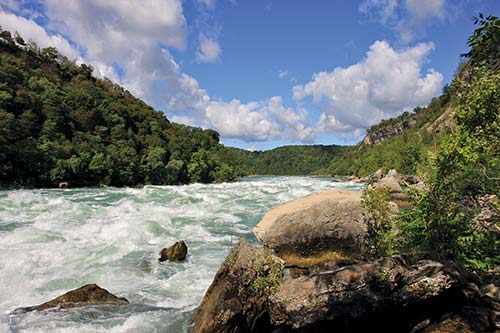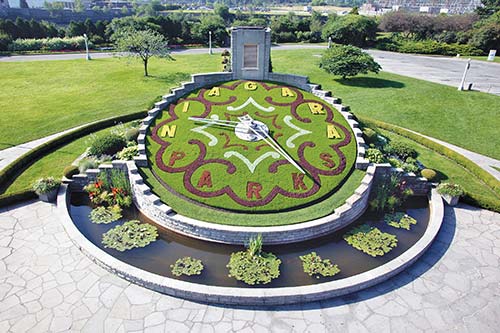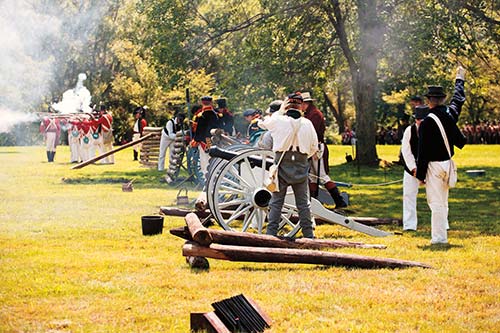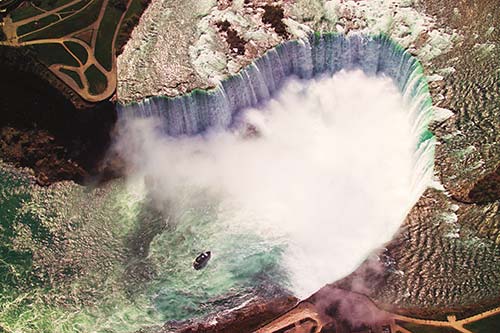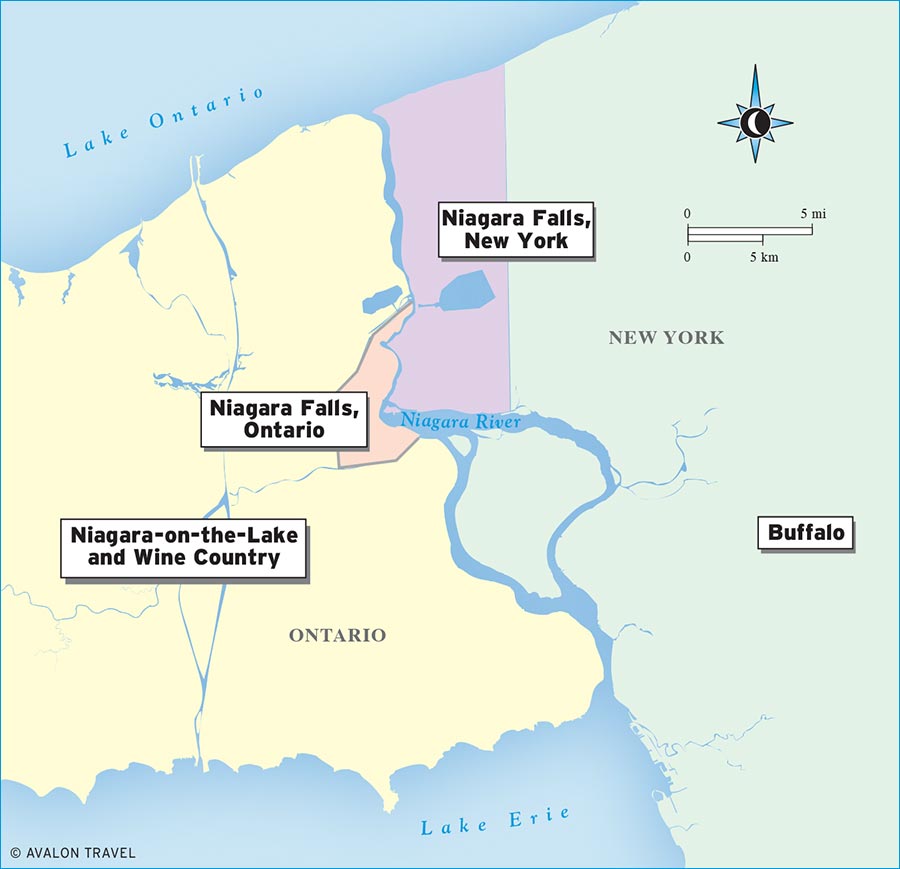The beauty of this area extends beyond the three waterfalls known as Niagara Falls, but the heart of the Niagara experience is at the brink of the falls. Here, youll find the Table Rock Welcome Centre, home to several major attractions that allow you to see above, below, and behind the falls. Queen Victoria Park provides a lush open area adjacent to the falls with gardens and excellent vistas of Niagara. High-rise hotels and a glittering casino are found in Fallsview, the highly developed zone that sits atop a bluff overlooking Niagara. Downstream, the Parkway North takes you to the scenic whirlpool that reveals the power of Niagaras white water.
The U.S. side of Niagara offers a different perspective on the falls. Visitors spend most of their time in Niagara Falls State Park, which affords intimate opportunities to experience the falls. Here, you can enjoy the spectrum of Niagaras many moods, from sublime to raging. Surrounding the park is downtown Niagara Falls, with many hotels within walking distance of the falls. Little Italy offers a nostalgic and authentic taste of the citys Italian heritage. North of the falls are hiking trails, Whirlpool State Park, and the beautiful, historic town of Lewiston. Where the river pours into Lake Ontario is Youngstown, an area that has witnessed more than three centuries of conflict over the control of Niagara.
Which side of the falls is better? The best strategy is to see both, as each has its own unique charm.
Buffalo
Buffalo is New York States second-largest city. At Canalside, the citys waterfront district, you can kayak, sail, and explore the worlds first superhighwaythe Erie Canal. Buildings designed by the likes of Frank Lloyd Wright, H. H. Richardson, and Louis Sullivan are a stunning reminder of the citys affluent past, while the neighborhoods of Elmwood Village and Allentown are centers of arts and culture. To the east and northeast of the city, Lockport and Niagara County offer wine-tasting and hiking in the countryside.
Niagara-on-the-Lake and Wine Country
Perched on the southern shoreline of Lake Ontario is a beautiful Victorian village called Niagara-on-the-Lake. The area expanding outward from NOTL is a fertile peninsula, home to more than 20 wineries and vineyards. To the west, the Welland Canal draws recreational boaters and ocean-going freighters alike, and is where visitors can watch massive ships traverse the canals locks. The small towns that line the canal are charming and historic, from the garden city of St. Catharines to Fort Erie, home to the historic Old Fort Erie.
When to Go
Most people visit Niagara Falls in the 100 days of summer, mid-June through early September. The weather is pleasant, with high temperatures averaging 81F. During this time, you may experience longer lines at attractions, especially on the Canadian side of the border and on holidays such as Memorial Day, July 1 (Canada Day), July 4, and Labor Day. Avoid traveling to the falls on summer holidays, due to the crowds and lengthy waits at border crossings. Hotel rates peak during the summer.
Nature puts on an amazing show during autumn, September through October. This region explodes with color as leaves make their annual transformation from green to yellow, red, brown, and orange. The weather moderates, with the high temperature averaging 60F in October. Mornings and evenings can be crisp, but the days are mostly bright and sunny. Many locals favor visiting the falls at this time, because the attractions are still open, but there is seldom a line. If you are a


